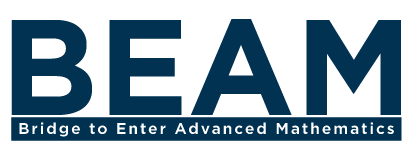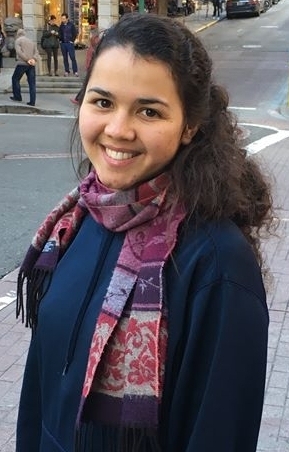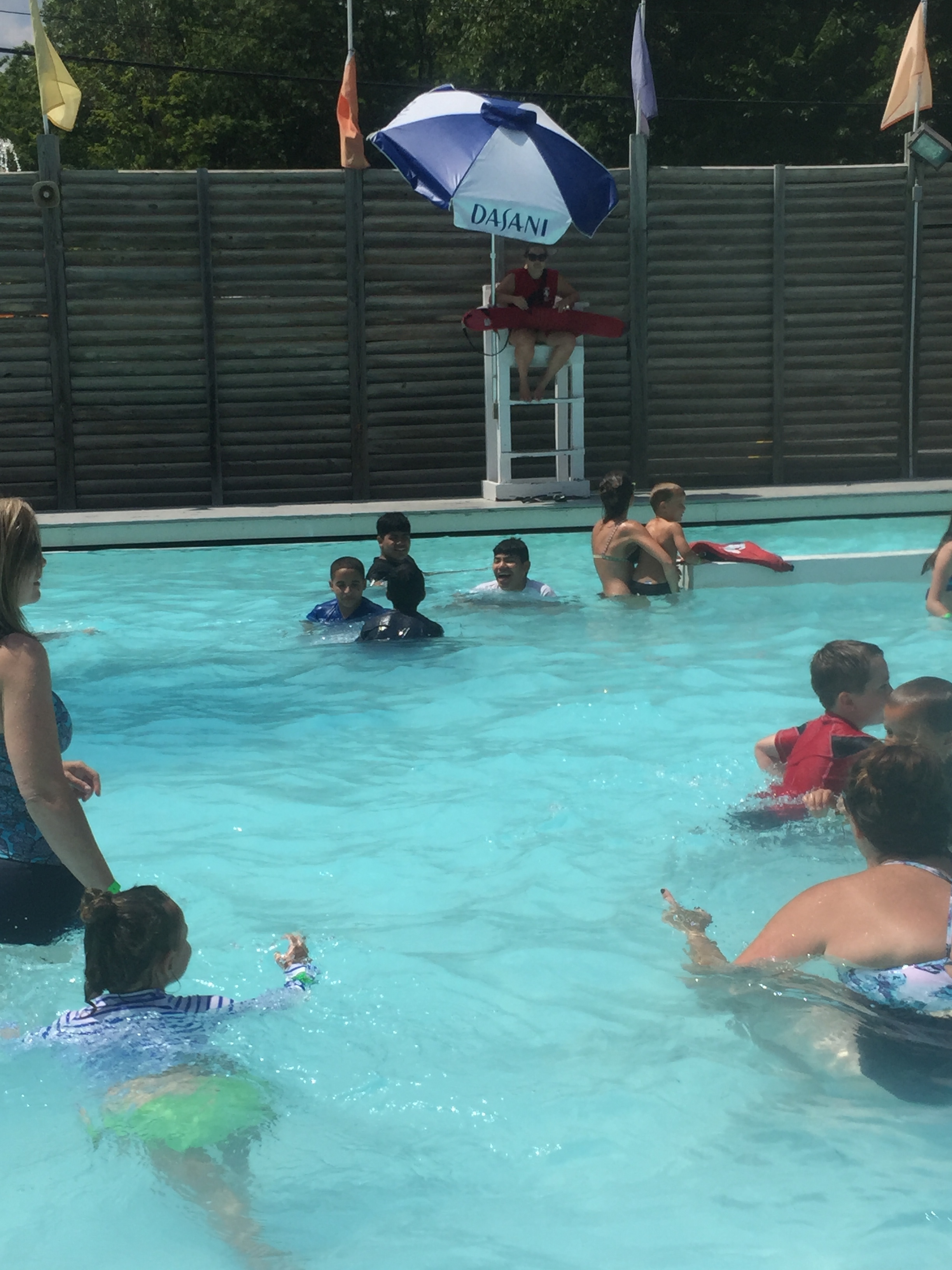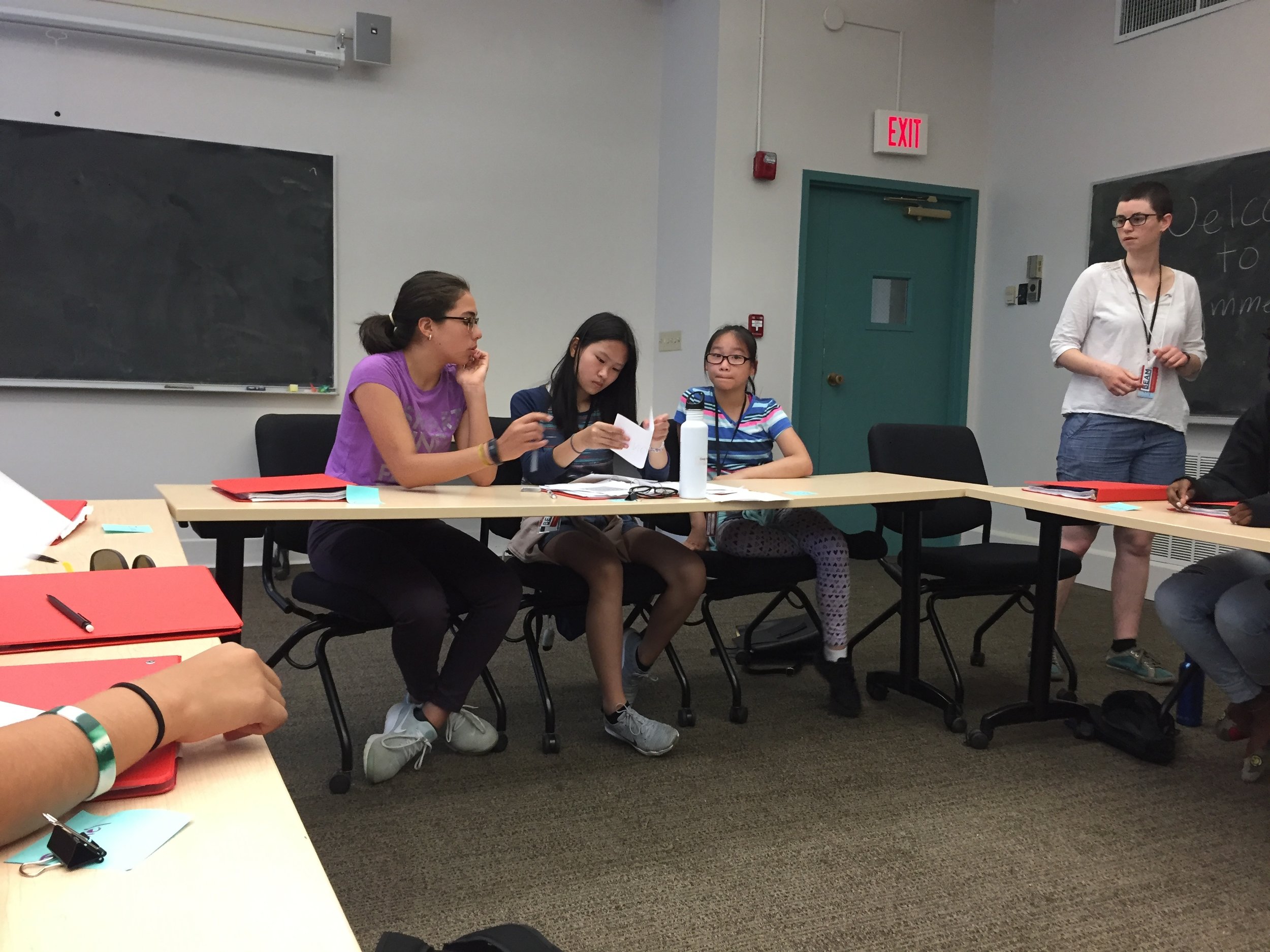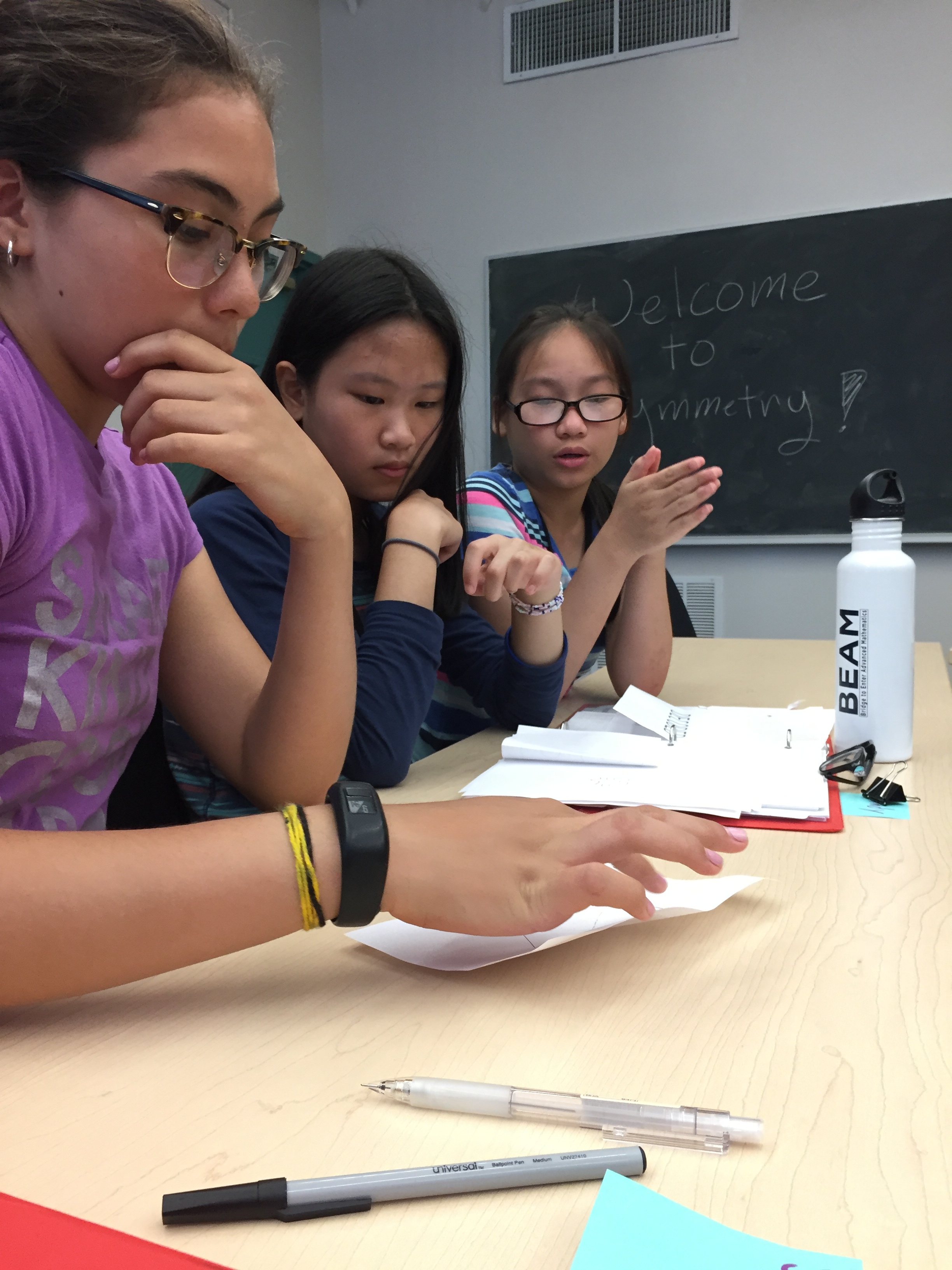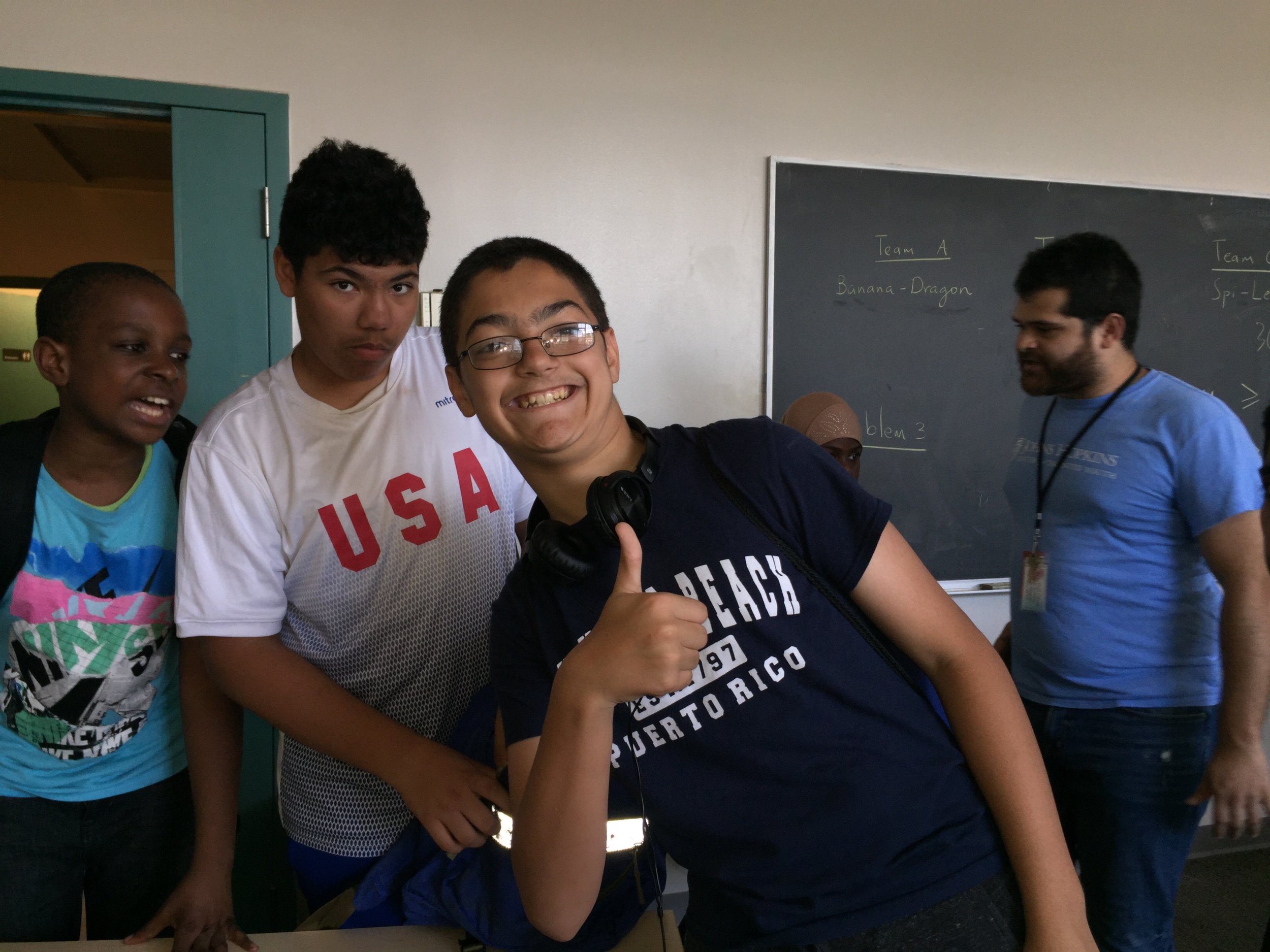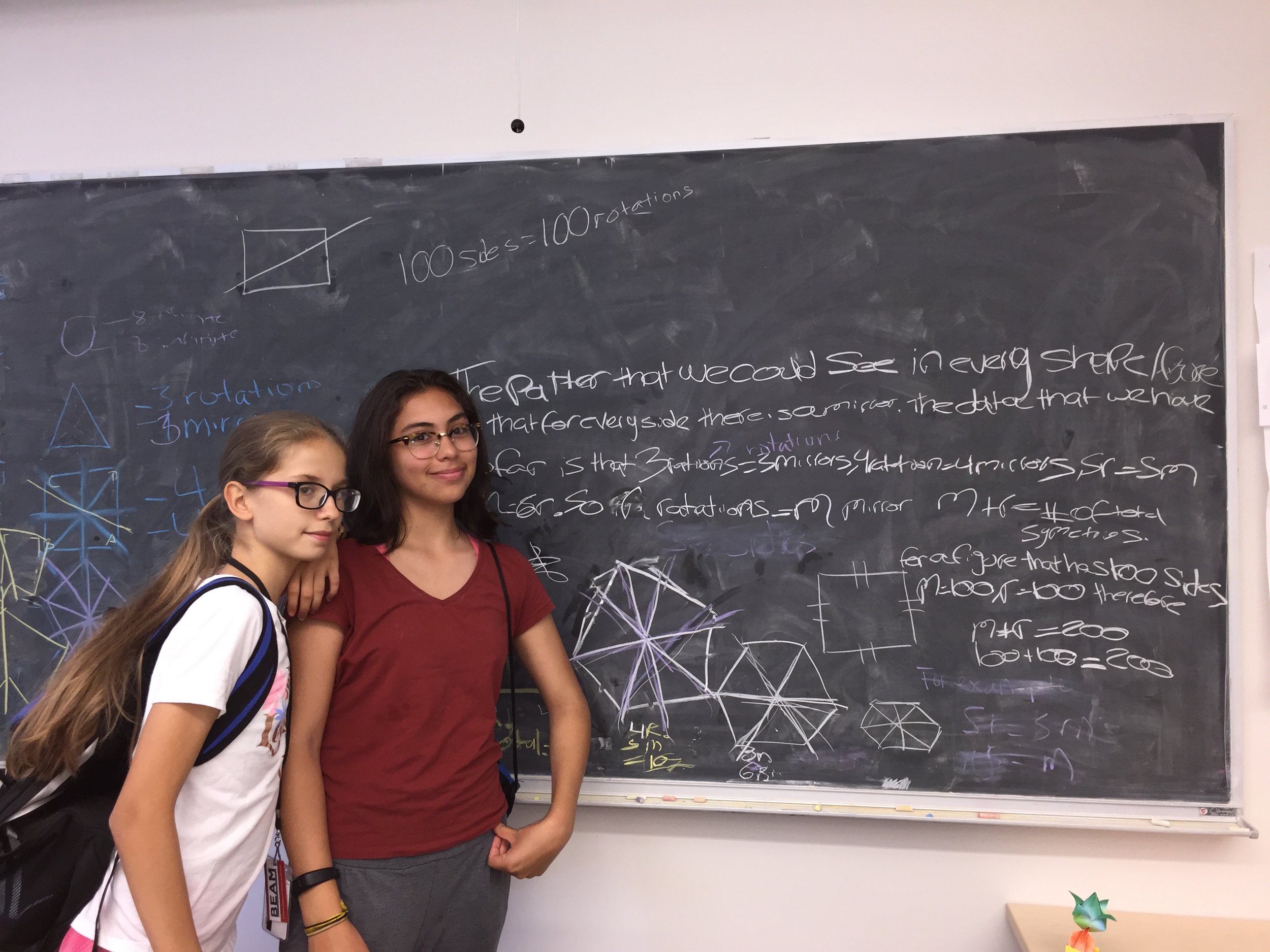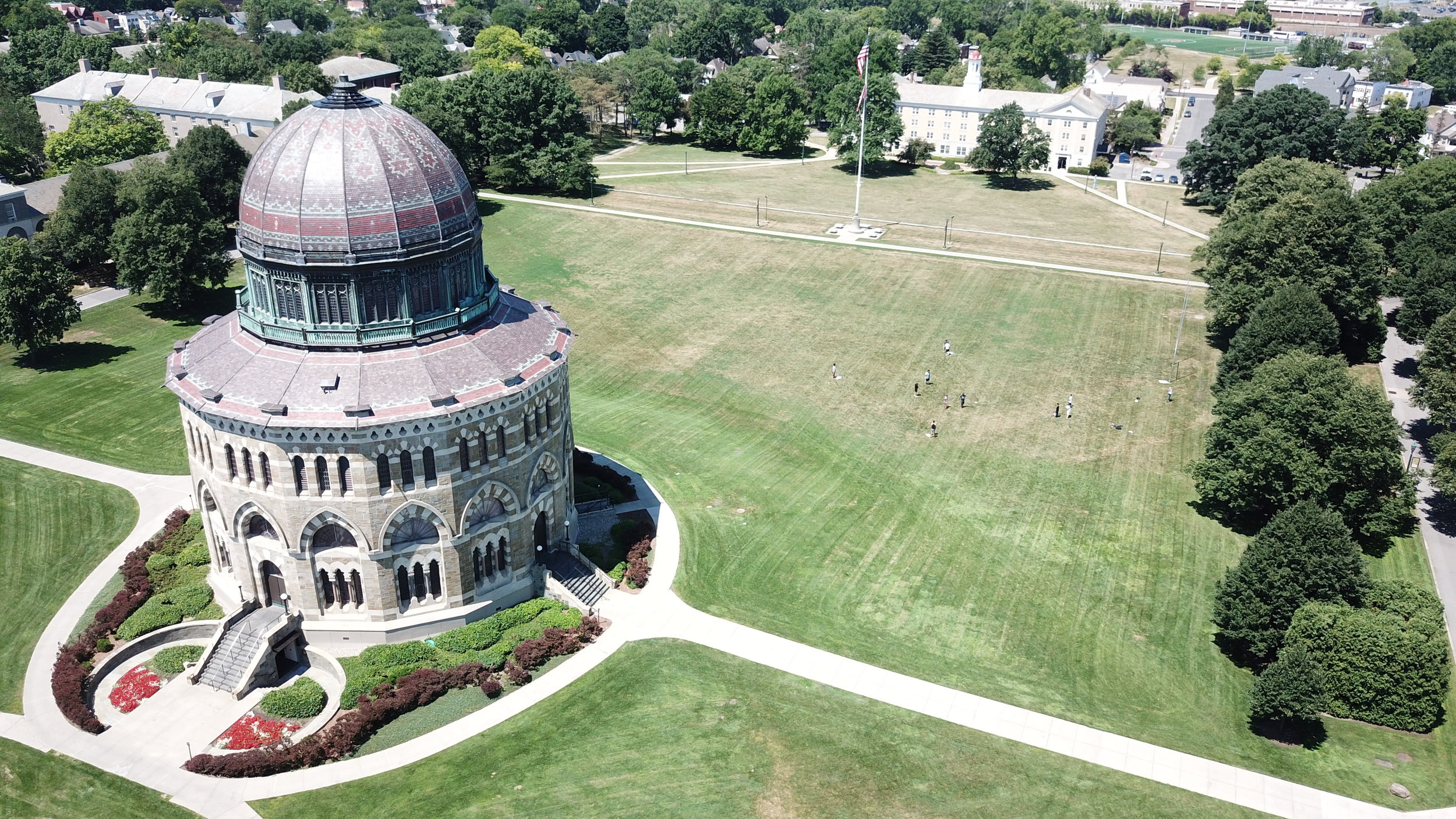Six rising, current, and former college students from universities across the country joined BEAM's College Prep Week this August to share their experiences applying for college with BEAM rising 11th and 12th graders, currently navigating this process themselves.
Aisha BEAM '13 (Northwestern University) and Edson BEAM '13 (University of Southern California) will both start college this school year. They just recently navigated the confusing world of college applications themselves. Abdel BEAM '12 (NYU Polytechnic), Ana BEAM '12 (Barnard College), and John BEAM '12 (Fordham University) are all rising sophomores and can look back at their college application process with a whole year of college experience under their belt. Finally, Sylvia, BEAM staff and a graduate of SUNY Albany, rounds out our panel with an inside perspective on the SUNY system and the wisdom of several years of work experience.
The panel had a lot to say about their college application process, and answered many important questions: the how’s and the what’s, the in’s and the out’s, the up’s and the downs of getting into college. Our panelists talked about topics like choosing schools and time management skills. If you are applying for college or just want some advice, here are some of the questions and answers of our College Prep Panel!
From left to right: Abdel, Sylvia, Aisha, Edson, John, and Ana address rising 11th and 12th graders during College Prep Week.
How did you choose which colleges to apply to? What kind of things went into that?
Aisha: I was looking for schools that were well-rounded. And schools that I could switch majors, because I knew I was coming in undecided. And schools that had good financial aid.
Abdel: I looked at three things. Money. Location. Major. Location: my parents wanted me to stay close to home. So in the city. In state you get more money, especially since NYU has a HEOP program that covers a lot of costs. In terms of major, engineering.
Ana: High school affected a lot. I wanted the opposite of my high school experience [at Brooklyn Tech]. Fewer men. Farther from home.
Can you explain a little bit about the common application?
Sylvia is a Program Assistant at BEAM and one of her major roles is shepherding the current 12th graders through the college process.
Sylvia: It is like a portal, where you can submit all your applications through this one website.
John: So it is very convenient.
In your later years of high school, say 11th and 12 grade, how do you split up your time?
Aisha: It all depends on what your situation is like. For me I kinda figure out how to split up time in November [of twelfth grade]. It all depended on my schedule; if something was due for school I would just get it out of way right then and there because I needed to use all of my time for applications.
Sylvia: Something that I prioritized was taking care of myself too. It is important to take care of myself too. Having a planner is important so you can schedule around [taking care of yourself].
Ana: Time management is definitely important. That is something that I am still learning to do. It is something that I didn't know how to do in high school so I wasn't taking care of myself. So like keeping a planner I can't stress it enough.
Do you use a paper planner? What do you use?
Sylvia: I had a paper planner that was really helpful for me. Now, at work, I use an app called Evernote.
Aisha: I use the reminder app on my phone. Because I procrastinate, I would make a fake deadline that is earlier.
Ana: I use a paper planner. I think writing down kinda speaks it into existence. If I don't write it down it's not getting done.
A note from BEAM: rising 11th graders who attend Saturday BEAM Next classes get some swanky planners, donated to us by Passion Planner. We may have extra planners for those not going to Saturday classes and 11th and 12th graders can request those!
How early should you start working on things and what should you focus on?
Abdel: Start asking for recommendation letters. I'd say recommendation letters should be the first on your list to do. Personal statement. Start thinking about what you are going to write the summer before.
Sylvia: Just start thinking about your essay in your mind. They have the prompts on common app beforehand. So you can start getting ideas.
John: Making a spread sheet about yourself, everything you have done. Also... BEAM does give you a calendar of when things should be done. The earliest we started was January of 11th grade, drafting our essays. That is something you can start on just choosing which days, days you are going to thing about college applications, days you are going to study for SAT.
John starts early! Here he is at BEAM College Prep Week 2016 along with Zereena, also BEAM '12, who attends SUNY Binghamton. They're both working on their essays!
Did any of you let average grades discourage you?
Edson: I didn't let it discourage me. Mostly because I am a very optimistic. Even if you are doing good, keep shooting to do better. Because what colleges care about is growth.
Aisha: I realized after all the college stuff was done and people started getting acceptances, I realized that grades are important but that isn't all they look at. They aren't just looking for a good grade, they are looking for someone who can bring something extra to their school as a person.
Someone mentioned something about being well-rounded? What if you don't have the time?
Sylvia: There were small clubs that I was part of, and you know being on a club doesn't have to take too much time. So I think it is about finding your own niche, what you can do, what you enjoy and what your school offers.
John: Basketball. Cross country. Dancing. You can also list taking care of brothers and sisters at home as an activity.
Abdel: Volunteering. Working. It's not just sports.
How do you figure out how many schools to apply to?
Aisha: I applied to too many schools that had a lot of requirements. My case was that 14 of my schools involved writing supplemental essays, sending extra stuff, it was also really expensive.
Abdel: There are three types of schools that you can apply too. Safety, reach and target. I would just say balance it out and make sure you are not overdoing it.
Sylvia: I think another way to narrow down your list is actually talking to people who went to the school.
What was something that you don't like about your school that you wished you looked at?
Sylvia: How expensive it was.
Edson: The diversity of the school. USC is still a great school, but the diversity is kinda unbalanced. I wish I would have looked into it.
Ana: I kinda knew what I was getting myself into as far as the student body looked like and even the social life looks like. One thing that I wish I had known was how economically segregated it is.
How did you brainstorm your ideas for your essay?
Aisha: For me, my high school they had for incoming seniors it was mandatory you needed to write two essays about things that you might want to. I didn't want to write about being undecided. But then I heard this song. And it was an awesome song. So I decided to write about being undecided. Because that song was about being undecided. I wrote two sentences and gave it to my teacher and she didn't like it because it was about being undecided. But I liked it so I wrote about that.
Edson: My teacher said think of something that is really personal to you. I was like I will write about tacos as a joke. Imagine a donut, a jelly donut, the way to structure your essay is to get down to the jelly. Like why you really want to get an education. So I wrote about how tacos are really personal to me. How such a simple food can be a luxury for people who don't have a lot of money.
Final words of wisdom?
John: I think the thing that helped me the most was, I play a lot of basketball and I met upperclassmen through basketball. Meet people through whatever activities interest you.
Aisha: Don't psyche yourself out too much about certain statistics. If you really want to apply for a school then just go for it. For my school, I didn't look at the acceptance rate, and if I had I wouldn't have applied in the first place. And I am really glad that I did.
Abdel: Try new stuff.
From left to right: Abdel, Ana, John, Aisha, and Edson, each wearing college gear!
